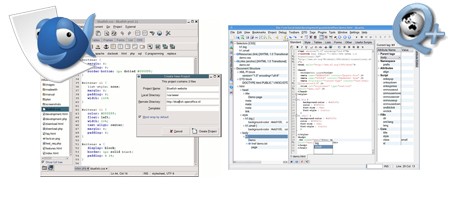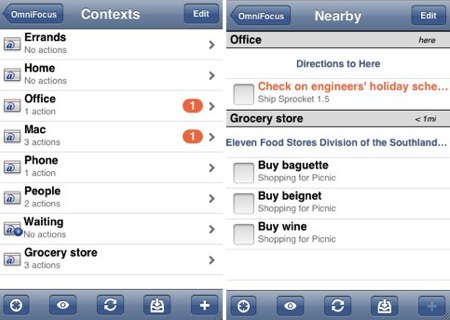
Maybe you wiped your iPhone by filling the hard drive with music, or maybe you used a more sophisticated method. In either case, your phone is clean, but the hard drive in your computer is still chock full of evidence of your misdeeds (or just personal emails to your mother). If you fear forensic analysis will expose your wheelings and dealings, then a full format is not enough; you’re going to have to obliterate the plates inside the hard drive.
To that end, [Eecue] posted this worklog of slagging a hard drive. Using a propane powered furnace, he melted most of the drive’s components by placing it in a steel crucible which was lowered into the furnace. After a few minutes everything but the steel casing and a few bits of woven fiberglass from the PCB were melted down completely. You can see the entire process in [Eecue]’s drive slagging photo album.
With solid state drives becoming popular and their inherent difficulty of assured erasure, physical destruction is looking like a lot more reasonable option. As you readers have stated in the past: it’s certainly a lot more fun.
















